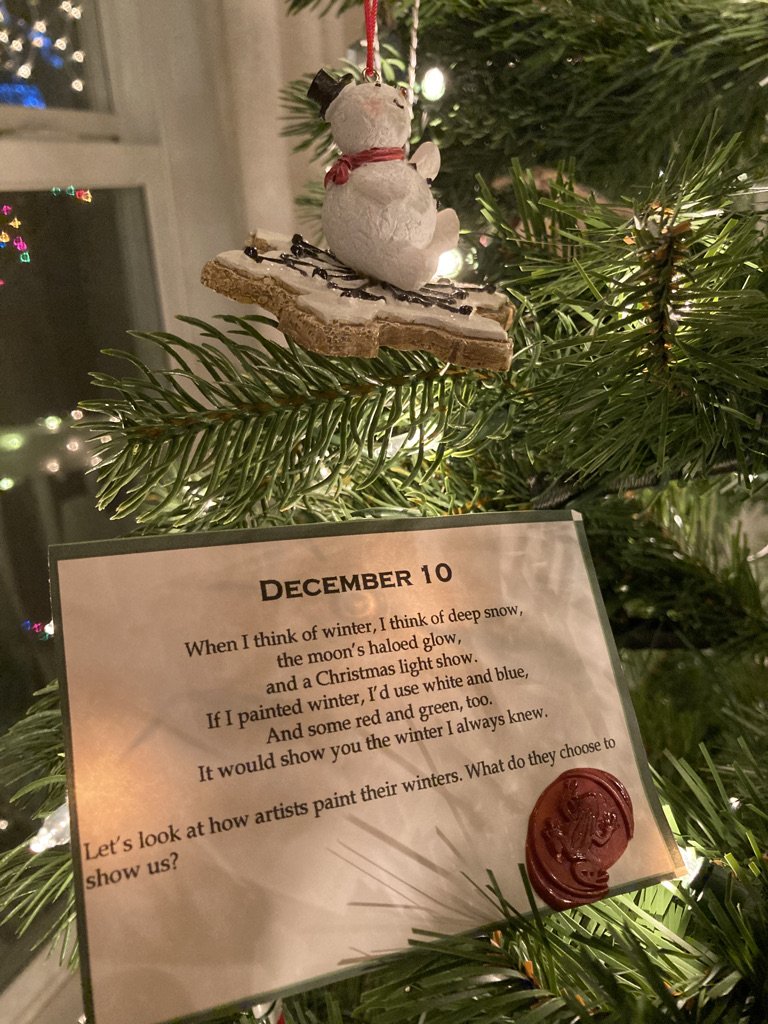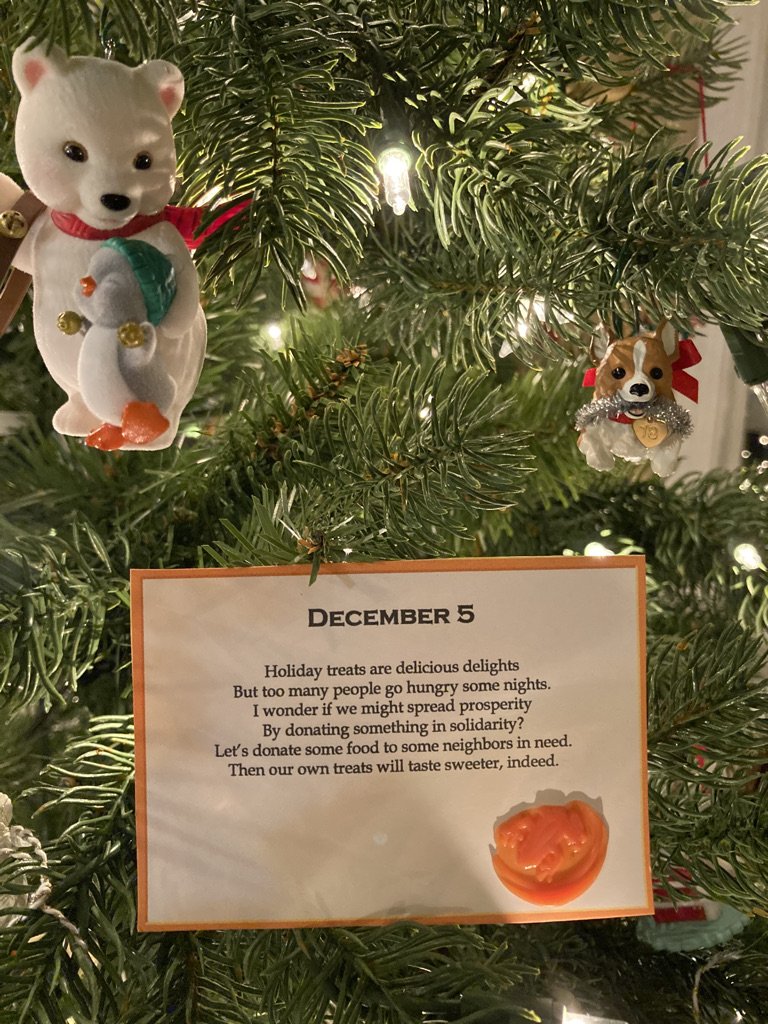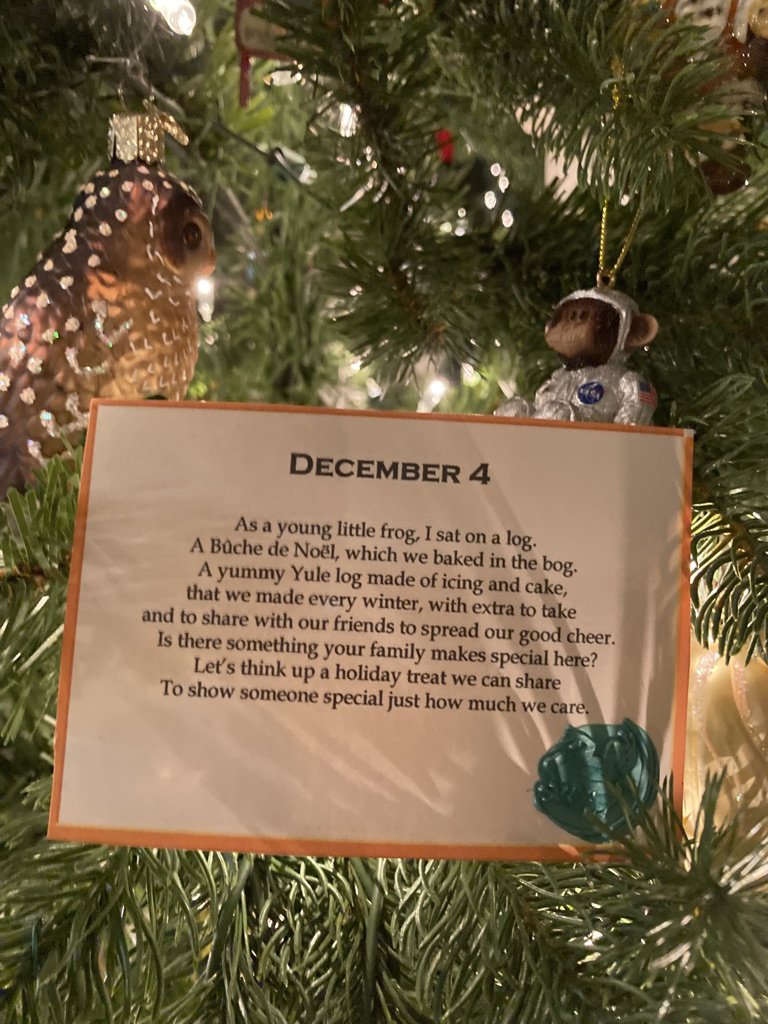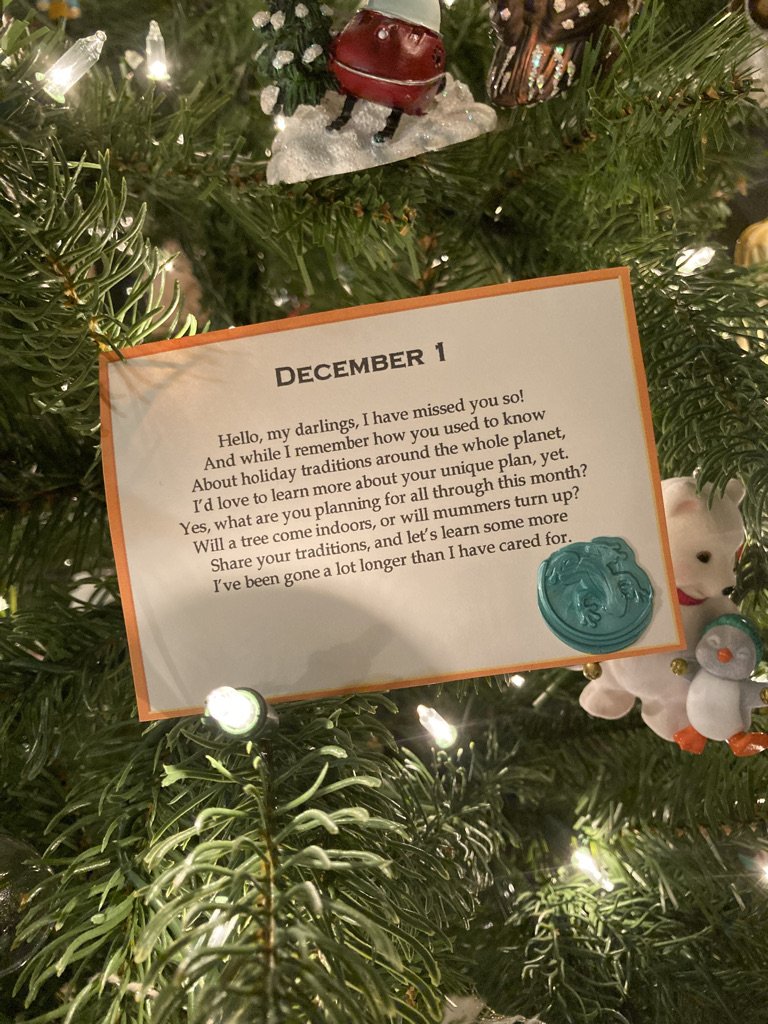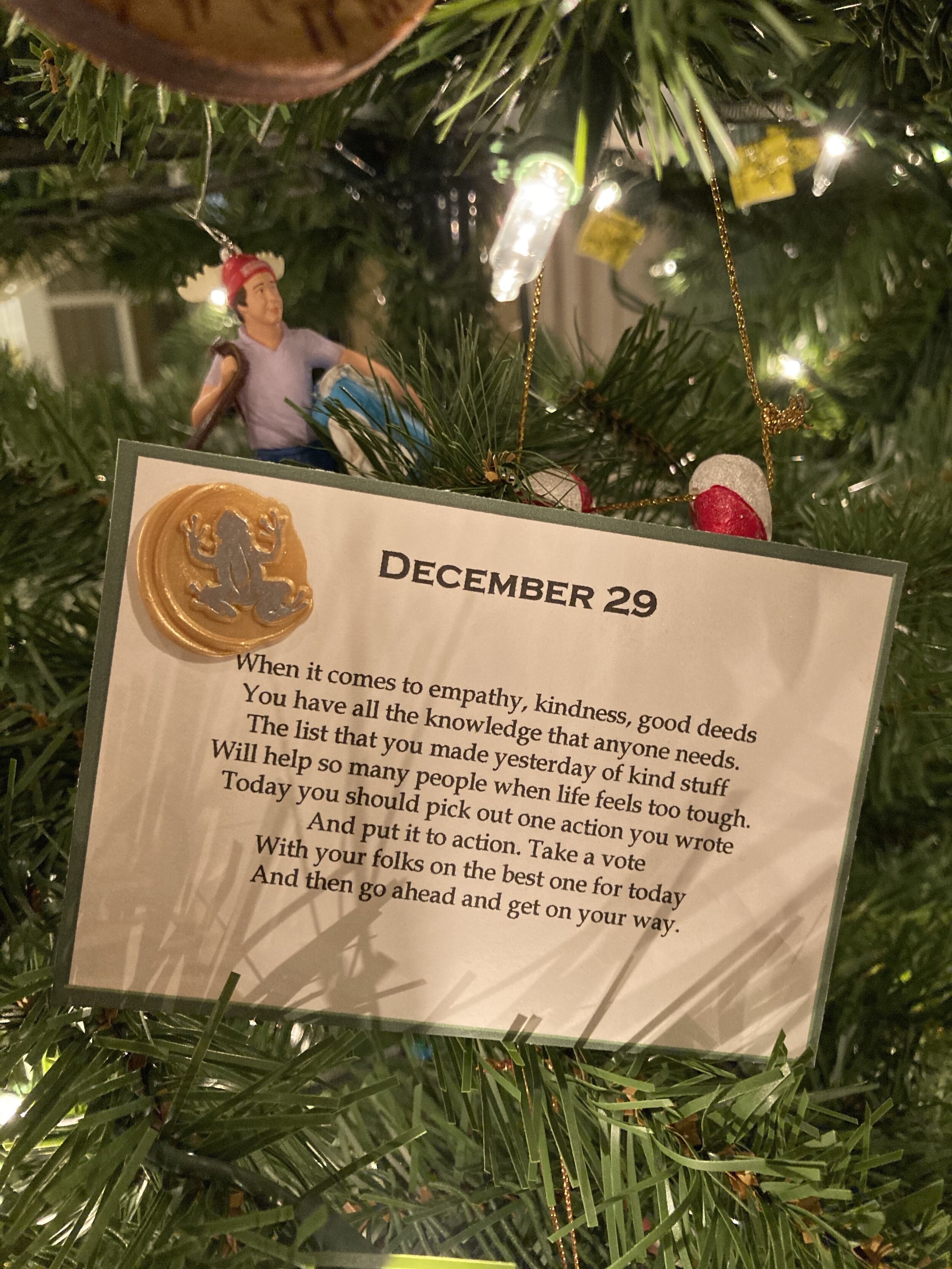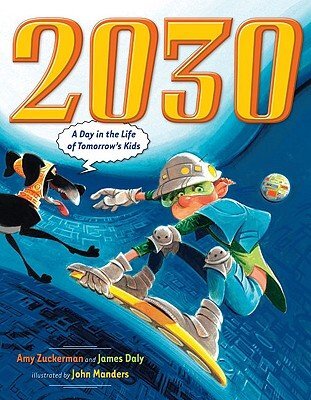Materials
A poem to read. While you are welcome to choose any poem, of course, tomorrow’s prompt references “A Winter Bluejay” by Sara Teasdale.
A Winter Bluejay
Sara Teasdale
Crisply the bright snow whispered,
Crunching beneath our feet;
Behind us as we walked along the parkway,
Our shadows danced,
Fantastic shapes in vivid blue.
Across the lake the skaters
Flew to and fro,
With sharp turns weaving
A frail invisible net.
In ecstasy the earth
Drank the silver sunlight;
In ecstasy the skaters
Drank the wine of speed;
In ecstasy we laughed
Drinking the wine of love.
Had not the music of our joy
Sounded its highest note?
But no,
For suddenly, with lifted eyes you said,
“Oh look!”
There, on the black bough of a snow flecked maple,
Fearless and gay as our love,
A bluejay cocked his crest!
Oh who can tell the range of joy
Or set the bounds of beauty?
This poem appears in the collection A Poem for Every Winter Day, edited by Allie Esiri. The Frog will be giving my kids this book today, and I hope to read a poem from it every morning at breakfast throughout the winter.
Activity
So many things have been said about poetry, but I’ve always thought of it as the most efficient way to slip into someone else’s perspective. William Wordsworth famously described poetry as “the spontaneous overflow of powerful feelings: it takes its origin from emotion recollected in tranquillity.” But if poetry is emotion, it is important to consider whose emotion. Certainly the poet’s, but the reader and poet co-collaborate with every reading and interpretation; once read, it ceases to be just the poet’s “powerful feelings.” Italian poet Salvatore Quasimodo highlighted the way poetry is both intensely personal and, necessarily, broadly evocative. After winning the Nobel prize for literature in 1959, the poet said “Poetry ... is the revelation of a feeling that the poet believes to be interior and personal which the reader recognizes as his own.” For our children, part of building empathy is realizing that other people have a rich interior world, and also realizing that they have one of their own. Over the next few days, we’ll enjoy poetry with our children to build their awareness of emotional expression.
Read Teasdale’s poem with your children. Then, if you like, ask them some simple questions about it. What do you notice about this poem? What did you see while reading this poem? Did it feel like you were seeing through the poet’s eyes? How do you think the poet felt while writing this poem? Have you ever been so overcome with beauty and joy that you wanted to immortalize it like this? When? What’s your favorite word in this poem? Are there any words here you would change?
Tomorrow, we’ll give our kids a chance to write a poem of their own, and these questions can help them feel empowered to attempt poetry themselves.

